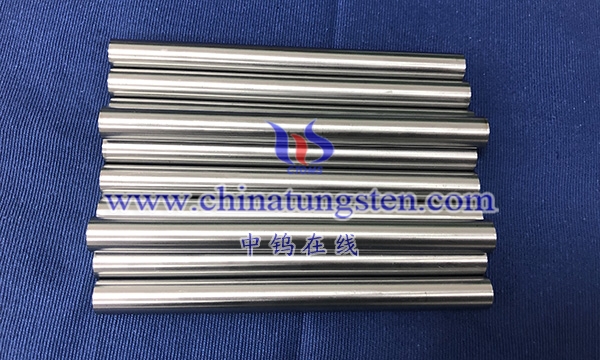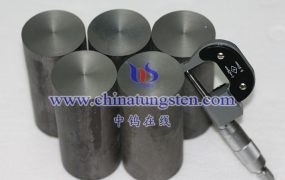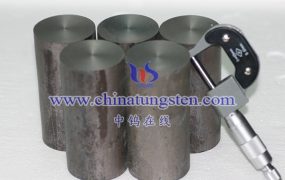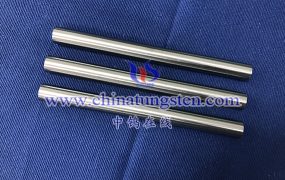Under high vacuum conditions, the gas release of molybdenum rods is mainly related to its purity and surface state. The following are the general characteristics of the gas release of molybdenum rods under high vacuum conditions:
Hydrogen release: Molybdenum rods may release a small amount of hydrogen gas in high vacuum, especially when there are oxides or impurities on the surface of molybdenum rods. This may have some effect on the vacuum environment.
Oxygen release: High-purity molybdenum rods will not release oxygen under high vacuum conditions, because the surface is usually a stable oxide film formed spontaneously by oxides. However, low-purity molybdenum rods or molybdenum rods with impurities may release oxygen at high temperatures, which may adversely affect the vacuum environment.
Nitrogen release: Molybdenum rods generally do not release nitrogen under high vacuum conditions. However, if there are nitrides or nitrogen impurities on the molybdenum rod surface, nitrogen gas evolution may occur at high temperature.
Release of other impurities: Molybdenum rods may release other impurity gases in high vacuum, such as carbon gas, sulfur gas, etc., depending on the purity and surface state of the molybdenum rods.
In order to maintain the purity and stability of the high vacuum environment, corresponding surface treatment and cleaning measures are usually taken, such as surface annealing, heat treatment, electron beam melting, etc., to reduce gas release and improve the applicability of molybdenum rods. In addition, the use of high-purity molybdenum rods under high vacuum conditions is an effective way to reduce gas release.

More details of molybdenum or molybdenum alloy products, please visit website: http://molybdenum-alloy.com/index.html
Please contact CHINATUNGSTEN for inquiry and order of molybdenum alloy products:
Email: sales@chinatungsten.com
Tel.: +86 592 5129595






